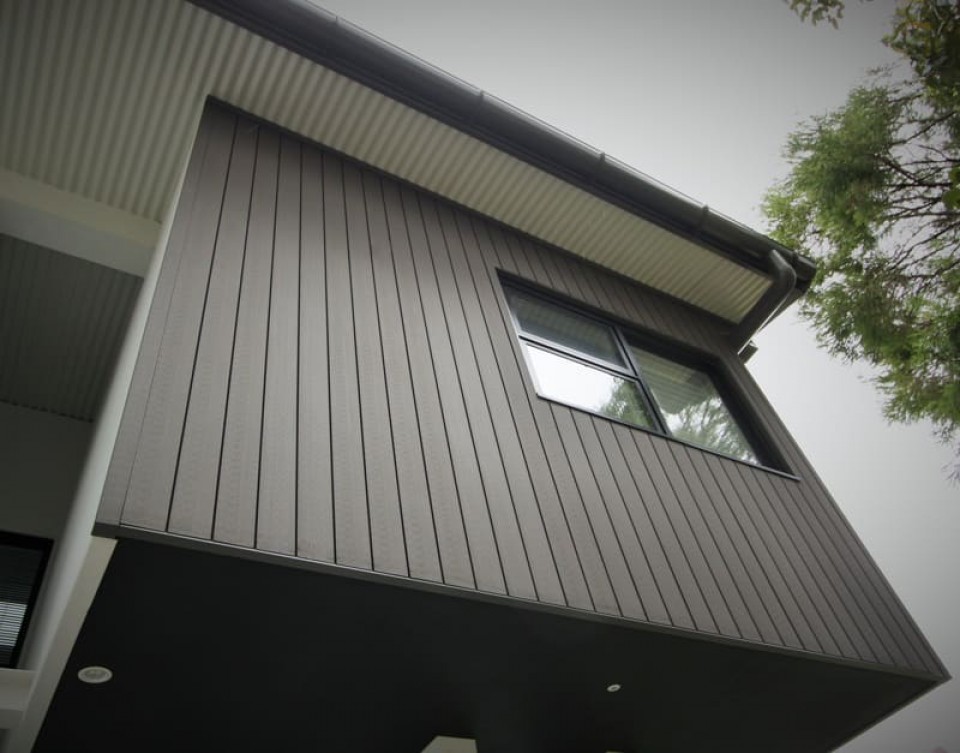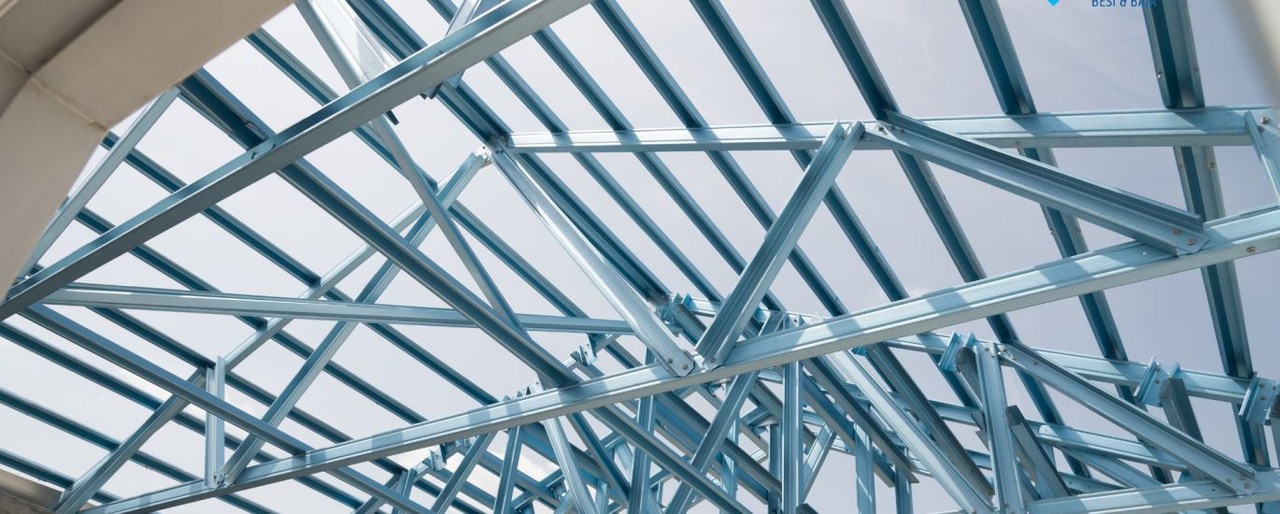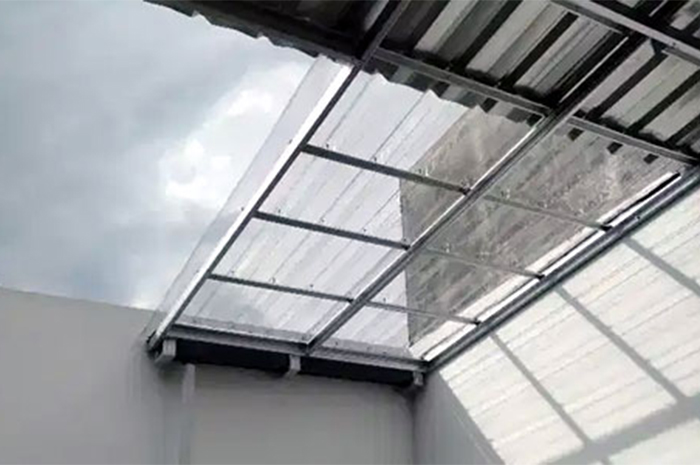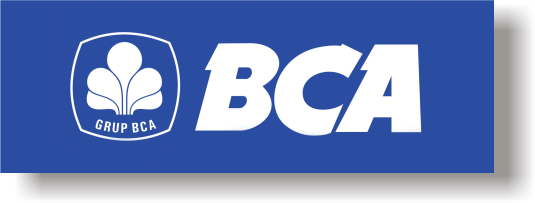Beranda > Artikel
Types of Cladding

For those of you who are often involved in the construction world, of course you are familiar with the word cladding. However, some of us are laymen, cladding is a very foreign term.
What is Cladding?
Cladding is an additional layer for the outer part of a building which aims to protect the building itself, especially for the walls. Another function of the cladding is to protect a building from exposure to sunlight, rain and wind as well as to reduce noise that occurs outside the building.
Cladding is generally often used for shop houses and buildings, but in modern-style houses also often use cladding in the finish. There are various types of cladding and the following are cladding based on the material of manufacture:
Cladding Types:
1. EIFS (Exterior Insulation And Finish System)
EIFS is a cladding system made of plastic material and re-coated with synthetic material. EIFS has an insulation layer, namely foam and is given a finishing layer in the form of a coating. The advantage of this EIFS is that it has an insulation layer and is also fairly light in weight. EIFS is the most popular type of cladding and is usually used in non-residential public buildings such as schools, offices, hospitals, police stations and several other commercial buildings.
2. GRC Cladding
GRC or Glassfibre Reinforced Cement has the advantage that it is easier to shape according to taste so that it is flexible in terms of appearance, especially the appearance of ornaments. GRC Cladding is very suitable for buildings that require ornaments and is also very appropriate for minimalist-style homes. GRC also has a light weight and is also easy in terms of maintenance. However, the drawback of GRC is that its resistance to room temperature is still quite lacking.
3. Metal Cladding
Metal cladding is a coating system on buildings using metal materials such as aluminum composite panels and corrugated steel. Metal cladding is usually applied to commercial buildings but can also be applied to residential homes. This metal cladding is perfect for those of you who have a modern, minimalist and futuristic design house. One of the advantages of metal cladding is that it looks very modern and easy to maintain and is also resistant to weather, corrosion and is not easy to rust and rot.
4. Stone Veneers
Stone veneer is a cladding made of very thinly sliced ??natural rock material. The use of this stone veneer can be in the form of rocks or clay in the area of ????the walls of the structure or support in a building. The advantage of this stone veneer is that it presents an appearance that looks very natural and can also be stable at maintaining the temperature in the room and is very easy to maintain and does not have the risk of corrosion and weathering. The drawback of this stone veneer is in terms of the price which is still quite expensive.
5. Vinyl Cladding
Vinyl cladding of several panels made of Polyvinyl Carbonat (PVC). Vinyl cladding has advantages, namely in terms of prices that are quite affordable and easy to cut according to your personal needs, besides that, the installation method is also quite easy. Vinyl cladding itself has a variety of colors and textures that are quite diverse. The disadvantage of this vinyl cladding is that the basic material, namely PVC, contains toxins that can spread through the air so that it will be harmful to health. But along with the times, vinyl cladding has also undergone many changes in terms of its materials which aim to improve quality, impact resistance and also several other aspects such as easy installation and more varied colors and textures.
6. Wood Cladding
Wood cladding as the name suggests is made of wood and several types of wood that are often used are pine, cedar and several other types of hardwoods. The advantage of wood cladding is that it looks very natural so it is very suitable for a contemporary-style building. Another advantage of wood vinyl is that it stabilizes the temperature in the room. However, what is lacking in wood vinyl is that it is at risk of weathering and is susceptible to insect threats so it requires quite intensive care. In addition, wood cladding is also very high in terms of price.
Those were the six types of cladding that we can convey to you, so you can choose which one is the most suitable for your residence, office or shophouse.
 Bahasa Indonesia
Bahasa Indonesia  Inggris
Inggris
 Bahasa Indonesia
Bahasa Indonesia  Inggris
Inggris
 For those of you who are often involved in the construction world, of course you are familiar with the word cladding. However, some of us are laymen, cladding is a very foreign term.
For those of you who are often involved in the construction world, of course you are familiar with the word cladding. However, some of us are laymen, cladding is a very foreign term.





